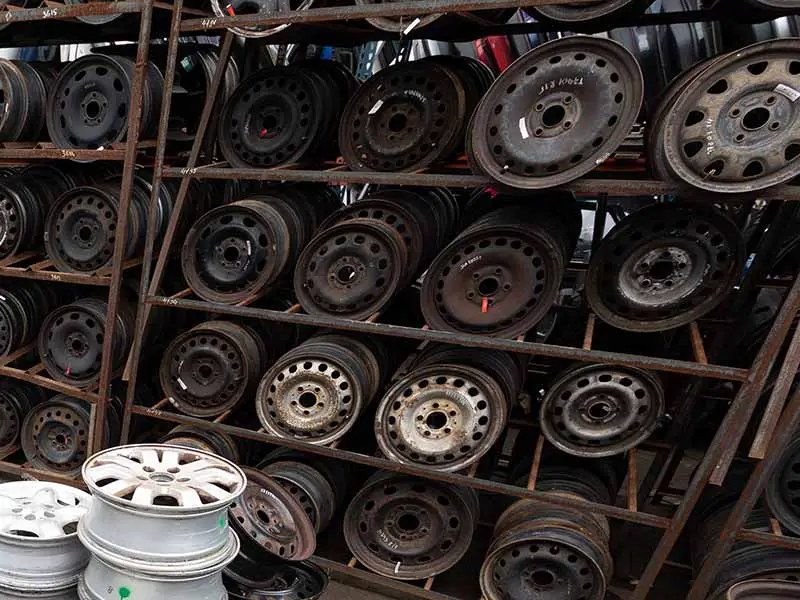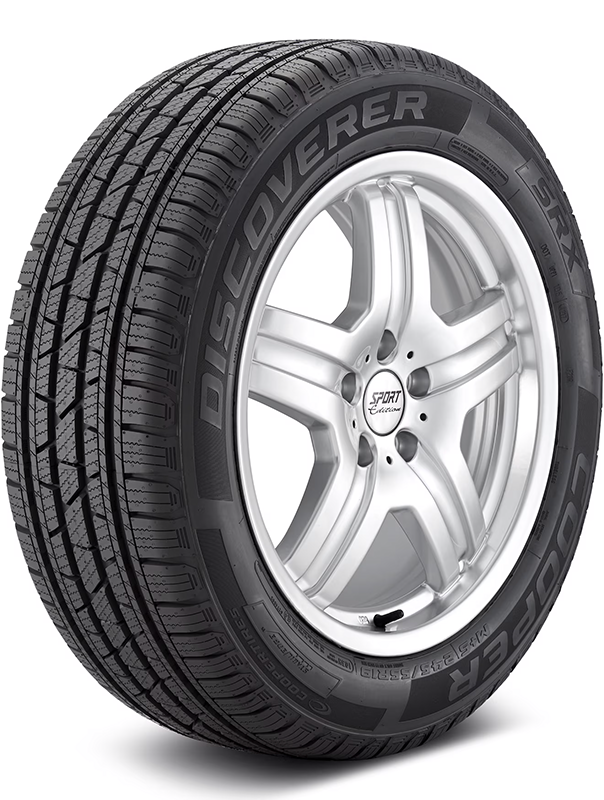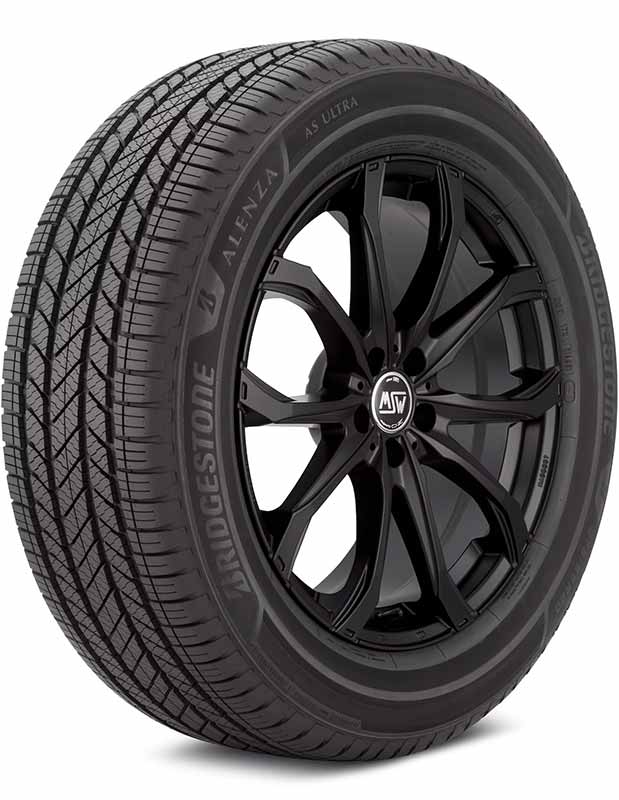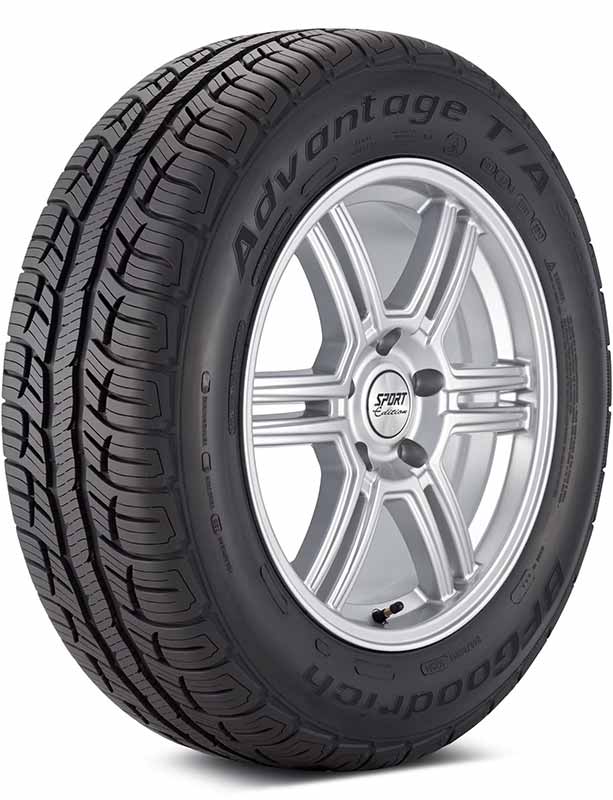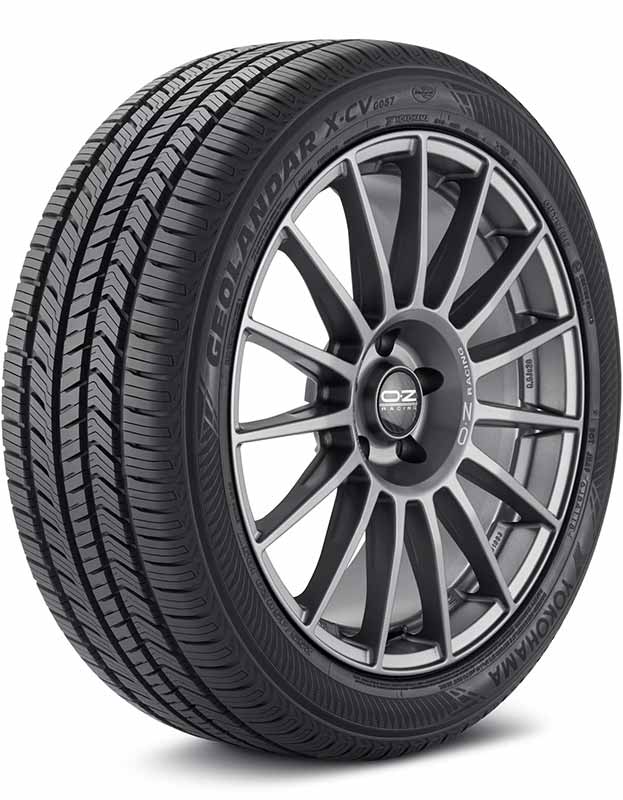Have you ever wondered why the arrangement and number of bolts on your car’s wheels matter? In this wheel bolt pattern guide we’ll dive into the intricate world of lug bolt patterns, where a simple circle of bolts can impact your vehicle’s safety, performance, and aesthetics.
5 Lug Bolt Patterns
A 5 lug bolt pattern refers to wheels that have five holes for bolts. The specific arrangement and spacing of these holes determine compatibility with various vehicles. Common 5 lug bolt patterns include:
- 5×100
- 5×108 (or 5×4.25 in inches)
- 5×112
- 5×114.3 (or 5×4.5 in inches) – one of the most prevalent
- 5×120
Some additional 5 lug bolt patterns include:
- 5×105
- 5×110
- 5×115
- 5×118
- 5×127 (or 5×5 in inches)
- 5×130
- 5×135
- 5×139.7 (or 5×5.5 in inches)
- 5×150
- 5×160
In this article, we’ll demystify the concept of 5 lug bolt patterns, explore how to measure them accurately, discuss how to convert a wheel bolt pattern, and delve into which popular vehicles typically feature these patterns.
Let’s take a closer look.
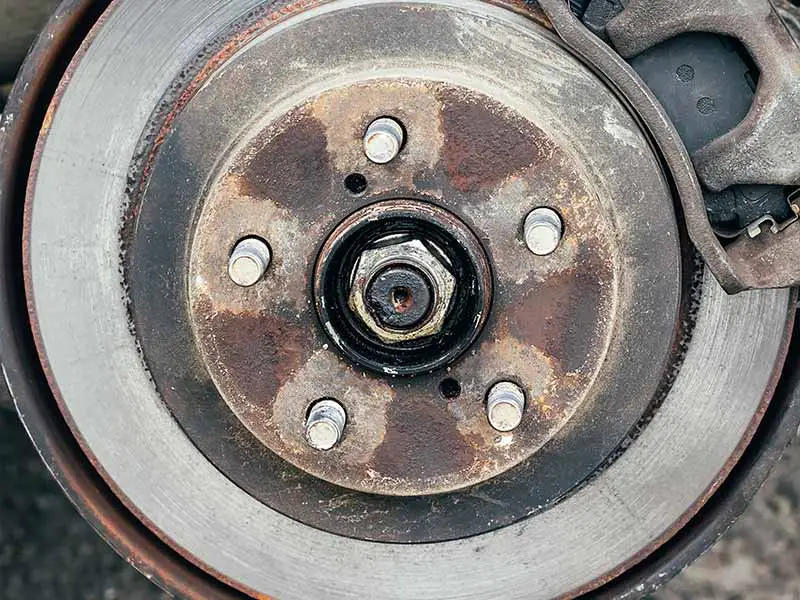
What is a 5 Lug Bolt Pattern?
A 5 lug bolt pattern, at its core, pertains to the arrangement and number of holes on a wheel for securing it to a vehicle. Let’s delve deeper into its specifics.
Definition
A lug bolt pattern, often simply referred to as a bolt pattern, describes the number of lug holes (or bolts) and the distance between them on a wheel. The term “5 lug” specifically indicates that there are five of these holes.
Components of the Bolt Pattern
- Lug Holes: These are the holes on the wheel where the lug bolts or nuts go through to secure the wheel to the vehicle.
- Pitch Circle Diameter (PCD): This is a crucial term when discussing bolt patterns. The PCD is an imaginary circle that passes through the center of each lug hole. Its diameter helps in determining the bolt pattern of the wheel.
Understanding the Measurements
When someone says their vehicle has a “5×112” bolt pattern, here’s what they mean:
- “5” indicates the number of lug holes, which in this case is five.
- “112” refers to the diameter (in millimeters) of the pitch circle, or the distance between the opposite lug holes.
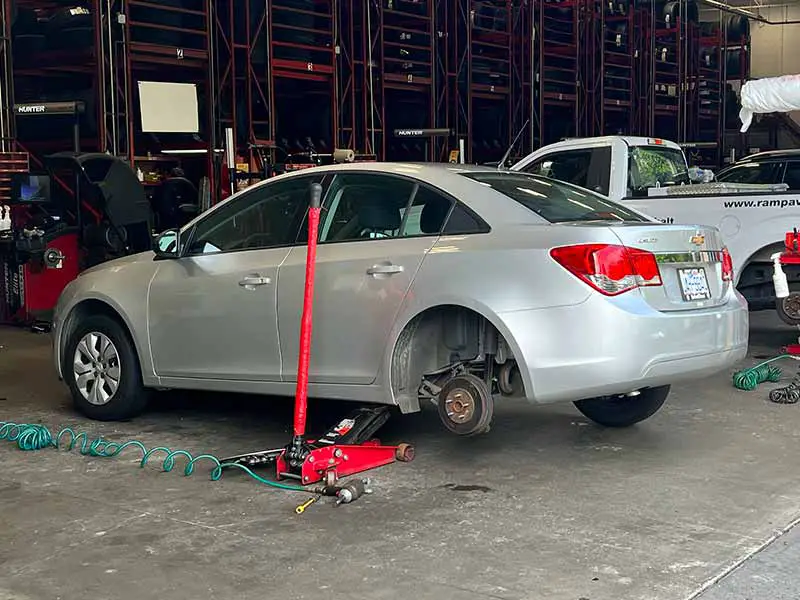
Most Common 5 Lug Bolt Patterns
5 lug bolt patterns are prevalent in many passenger cars and trucks. However, not all 5 lug patterns are the same. Let’s explore some of the most common 5 lug bolt patterns and their significance.
5×100
- Description: This bolt pattern has a Pitch Circle Diameter (PCD) of 100mm.
- Common Vehicles: Often found in certain models of Subaru, Toyota, Volkswagen, and Chrysler.
5×108 (5×4.25)
- Description: With a PCD of 108mm, it’s also sometimes referred to as 5×4.25 (in inches).
- Common Vehicles: Typically seen in Ford, Volvo, and some Jaguar models.
5×112
- Description: This bolt pattern has a PCD of 112mm.
- Common Vehicles: Commonly associated with Audi, Mercedes-Benz, and Volkswagen models.
5×114.3 (5×4.5)
- Description: One of the most widespread 5 lug patterns, it has a PCD of 114.3mm or 5×4.5 inches.
- Common Vehicles: Found in many vehicles, including Honda, Toyota, Nissan, Ford, and more.
5×120
- Description: This bolt pattern has a PCD of 120mm.
- Common Vehicles: Often seen in BMW, some Chevrolet, and Land Rover models.
Understanding “Standard” and “Universal”
- Standard 5 Lug Pattern: The term “standard” can be misleading. While 5×114.3 is one of the most common 5 lug patterns, it doesn’t mean it’s a one-size-fits-all standard.
- 5 Lug Universal: Wheels labeled as “5 lug universal” typically have multiple sets of lug holes, designed to fit a variety of 5 lug patterns. However, it’s essential to verify compatibility before assuming they’ll fit any 5 lug vehicle.
The Most Common Lug Pattern Overall
While 5 lug patterns are widespread, it’s worth noting that the most common lug pattern isn’t necessarily a 5 lug. For instance, many compact cars might use a 4 lug pattern, while larger trucks might use 6 or even 8 lug patterns. Always refer to the vehicle’s specifications or measure the bolt pattern to be certain.
How to Measure a 5 Lug Bolt Pattern
Measuring a 5 lug bolt pattern is a straightforward process, but accuracy is paramount to ensure you’re purchasing wheels with the same bolt pattern. Here’s a step-by-step guide to ensure you get it right.
Tools You’ll Need
Before you begin, gather the necessary tools:
- A ruler or measuring tape: Preferably one that measures in millimeters for greater precision.
- A bolt pattern gauge: This is a specialized tool designed to help measure bolt patterns, but it’s not mandatory.
Step-by-Step Measurement
- Position the Wheel: If the wheel is still on the vehicle, ensure it’s safely accessible. If it’s off the vehicle, lay it down with the front facing up.
- Identify Two Opposite Lug Holes: Since it’s a 5 lug pattern, you won’t find two holes directly opposite each other. Instead, choose one lug hole and skip the next, measuring the distance to the third hole.
- Measure the Distance: Place the ruler or measuring tape across the center of the first lug hole, extending it to the center of the third lug hole. This measurement gives you the Pitch Circle Diameter (PCD).
- Note the Measurement: A 5 lug bolt pattern will typically be represented as “5x[measurement].” For instance, if the distance you measured is 112mm, the bolt pattern is “5×112.”
Using a Bolt Pattern Gauge
If you have a bolt pattern gauge:
- Align the Gauge: Place the gauge over the lug holes, ensuring it fits snugly.
- Read the Measurement: The gauge will indicate the PCD directly, simplifying the process.
Common Mistakes to Avoid
- Not Measuring from the Center: Always measure from the center of one lug hole to the center of the opposite hole to get an accurate PCD.
- Relying on Estimates: Even small discrepancies in measurements can lead to compatibility issues. Always measure accurately.
Why Accurate Measurement is Crucial
- Safety Concerns: An incorrect bolt pattern can lead to wheels not fitting securely, posing a risk while driving.
- Avoiding Unnecessary Costs: Using wheels with the wrong bolt pattern can lead to damage, resulting in additional expenses.
- Ensuring Optimal Performance: The right bolt pattern ensures the vehicle handles as intended, providing a smoother driving experience.

5 Lug Adapter Example
Converting Bolt Patterns: Measurements and Bolt Count
When dealing with bolt patterns, you might encounter situations where you need to convert between different measurements or even consider wheels with a different number of bolts. Understanding how to navigate these conversions can be crucial for ensuring wheel compatibility and safety.
Converting Between Metric and Imperial Measurements
Bolt patterns can be expressed in both metric (millimeters) and imperial (inches) measurements. Here’s how to convert between the two:
- From Metric to Imperial: Divide the millimeter measurement by 25.4. For example, a 108mm PCD would be approximately 4.25 inches.
- From Imperial to Metric: Multiply the inch measurement by 25.4. Using the previous example, 4.25 inches would be roughly 108mm.
Considering Different Bolt Counts
Switching from one bolt count to another, say from 4 to 5 lug or 5 to 6 lug, is more complex than a simple measurement conversion. Here’s what you need to know:
- Wheel Adapters: These are devices that can be mounted on your vehicle’s hub, allowing you to fit wheels with a different bolt count. For instance, if your car has a 4 lug pattern, but you want to fit a 5 lug wheel, you’d use a 4-to-5 lug adapter.
- Safety Concerns: While wheel adapters can be useful, they introduce another component between the wheel and the vehicle. It’s crucial to ensure that any adapter used is of high quality, properly installed, and regularly inspected for wear or damage.
- Performance Implications: Using adapters can change the wheel’s offset, which might affect the vehicle’s handling. Always consult with a wheel specialist when considering such changes.
Converting Between Different PCDs
If you’re considering wheels with a different Pitch Circle Diameter (PCD) but the same bolt count:
- Direct Fitment is Crucial: Wheels must fit directly onto the vehicle’s hub without any gaps or overhangs. Even small discrepancies in PCD can lead to improper fitting.
- Avoid “Making It Fit”: Drilling or modifying wheels to adjust the PCD is highly discouraged. Such modifications can compromise the wheel’s structural integrity and safety.
Always Prioritize Safety
- Consult Specialists: If you’re considering wheels with a different bolt pattern or using adapters, always consult with a wheel and tire specialist. They can provide guidance on compatibility, safety, and potential performance implications.
- Regular Inspections: If you’ve made any changes to your vehicle’s bolt pattern or used adapters, regularly inspect the wheels, adapters, and lug nuts/bolts for signs of wear, damage, or loosening.

Why Are There So Many Different 5 Lug Bolt Patterns?
The variety of 5 lug bolt patterns might seem overwhelming at first, but there are several reasons for this diversity. Understanding the rationale behind these variations can offer insights into the automotive world’s complexities.
Vehicle Specifics and Design
- Weight Distribution: Different vehicles have different weights and weight distributions. A bolt pattern that works for a lightweight compact car might not be suitable for a heavier SUV. The bolt pattern plays a role in distributing the vehicle’s weight across the wheel.
- Braking Systems: The design and size of a vehicle’s braking system can influence the bolt pattern. Larger brake rotors or calipers might necessitate a specific bolt pattern to ensure proper fitment and function.
Manufacturer Preferences
- Branding and Uniqueness: Some manufacturers might opt for a unique bolt pattern to differentiate their vehicles from competitors or to maintain a consistent brand identity across their vehicle lineup.
- Legacy and Tradition: In some cases, manufacturers might continue using a specific bolt pattern due to historical or legacy reasons, even as newer models are introduced.
Aftermarket Considerations
- Customization: The aftermarket industry thrives on customization. Unique bolt patterns allow for a broader range of aftermarket wheel options, catering to enthusiasts who want to personalize their vehicles.
- Adaptability: Some bolt patterns are designed to be adaptable, allowing vehicles to fit a range of aftermarket wheels. This is especially true for “universal” wheels that come with multiple bolt patterns.
Technological and Engineering Advancements
- Innovation: As automotive technology evolves, so do the engineering solutions applied to vehicles. New materials, manufacturing techniques, or design philosophies can lead to the introduction of new bolt patterns.
- Safety Standards: Over time, safety standards and regulations might change, prompting manufacturers to adjust bolt patterns to meet these new requirements.
Geographical and Regional Factors
- Market-Specific Models: Some vehicles are designed specifically for certain markets or regions. These vehicles might have bolt patterns that differ from global or more widely available models.
- Road Conditions: In regions with specific road conditions, like rough terrains or frequent snow, manufacturers might opt for a bolt pattern that offers better stability or compatibility with specialized tires.
Resources
Below are some links you may find helpful when learning about tires
Final Thoughts
Whether you’re shopping for new wheels, considering a vehicle upgrade, or simply curious about the bolts on your car’s wheels, remember that these patterns play a pivotal role.
Always ensure you’re equipped with the right knowledge, and when in doubt, consult with specialists to make informed decisions.
Good luck and happy motoring.
